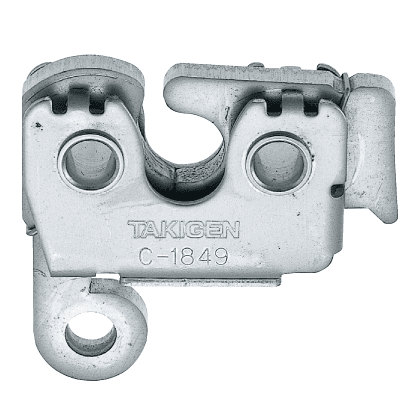Faustie
Aerospace
- Feb 20, 2024
- 6
Hello,
I'm currently thinking of a solution to a problem which requires mounting a small avionics box to an interfacing plate. I must be able to rapidly mount the box with minimal effort (e.g., drop into place) which should securely latch, be able to rapidly dismount with low effort but never by accident, and should be capable of withstanding high vibration, shock, acceleration loads etc. (e.g., 22 g quasi-static loads in all axes, SRS of up to 1000 g at 1000 & 10000 Hz, +- 10g static acceleration limits). Ideally, the solution should be low volume and low mass, and available off the shelf.
I came across positive-locking pins such as ball locking, ball clamping, and cam locking fasteners. Would these be sensible solutions (so long as I analyse and test, of course), or have I missed an obvious better solution?
Thank you!
I'm currently thinking of a solution to a problem which requires mounting a small avionics box to an interfacing plate. I must be able to rapidly mount the box with minimal effort (e.g., drop into place) which should securely latch, be able to rapidly dismount with low effort but never by accident, and should be capable of withstanding high vibration, shock, acceleration loads etc. (e.g., 22 g quasi-static loads in all axes, SRS of up to 1000 g at 1000 & 10000 Hz, +- 10g static acceleration limits). Ideally, the solution should be low volume and low mass, and available off the shelf.
I came across positive-locking pins such as ball locking, ball clamping, and cam locking fasteners. Would these be sensible solutions (so long as I analyse and test, of course), or have I missed an obvious better solution?
Thank you!

